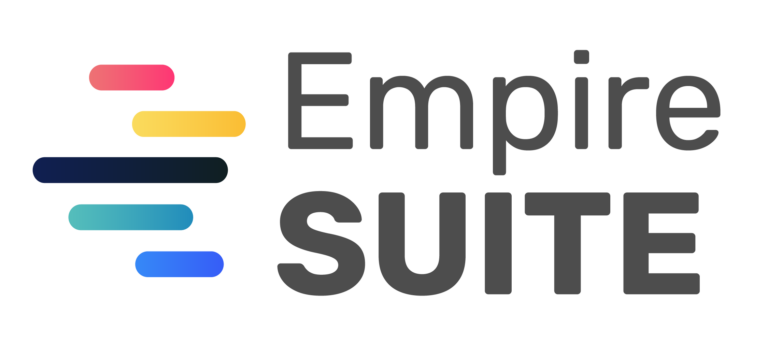Businesses today know “the old way” just isn’t going to cut it anymore. Manual processes are clunky and slow, and in today’s world where the pace of business is constantly accelerating, businesses can’t afford that bottleneck.
A tax technology strategy helps an organization transition towards automation, streamlining processes and better keeping up with the pace of business. This new way of thinking frees up resources, allowing tax groups to shift priorities and overcome new challenges even while facing a growing and more complex workload.
A good place to start when developing a tax strategy would include an assessment of your current technology, processes and priorities in the following areas:
- Tax return preparation
- Return filing
- Tax return amendments
- Practice management
- Time recording
- Scheduling
1. Assess your current technology standings
Before making any plans, it’s important to make an honest assessment of the current processes and technology landscape. During this phase, identify which of your processes are manual and where your team spends time that could be better spent elsewhere.
Also, make a list of what technology and tools you are using for all of your processes, even the ones you don’t plan on automating. This will be helpful when looking at how different technology options integrate with the tools you’re already using.
2. Prioritize what manual processes should be automated
Once you’ve analyzed the current landscape, you can begin to prioritize which manual processes you’d like to see automated by tax technology. Some common starting places include:
- Time tracking
- Expense tracking
- Integrated resource scheduling
- PTO tracking
- The ability to access processes from anywhere at any time
These are just general suggestions; automation priorities are going to differ greatly from business to business. It’s important to talk to key stakeholders and team members to strategize appropriately.
3. Weigh costs and savings
Some decision makers hesitate to implement a tax technology strategy because of the cost associated with it. However, looking deeper into the situation proves that isn’t always the case. Tax technology often generates a significant ROI since time spent doing manual data entry and other mundane tasks can now be spent more meaningfully.
4. Roll out with plenty of training and communication
When it’s time to roll out the technology, it’s important to prioritize communication. Providing thorough training and frequent communication will help with adoption of the technology. Frequently checking in with the users and stakeholders can help the transition go smoothly and ensure users make the most out of the software without issues or questions.
5. Measure the effectiveness
Measuring success is one of the most important parts of a tax technology strategy, but is often overlooked. You can run employee efficiency reports, review accuracy of audits, and ask for open-ended feedback from key users. That will let you see which parts of the strategy have been effective and identify any areas needing further strategizing.
If you’re ready to start developing your tax technology strategy and putting your plan into action, send us a message — our team can help you fine-tune your plan and help you implement the tools and technology you need to succeed.


